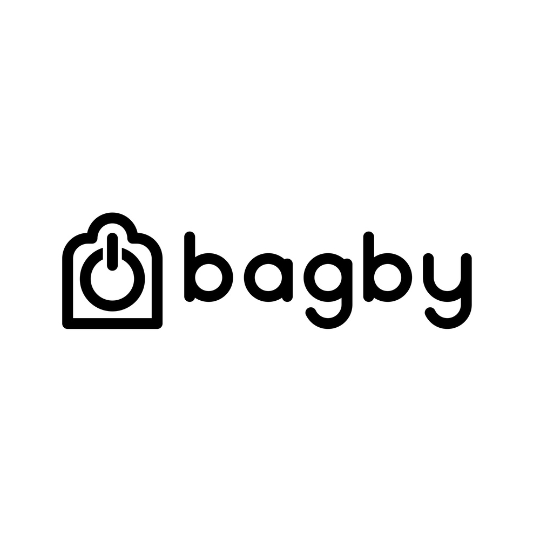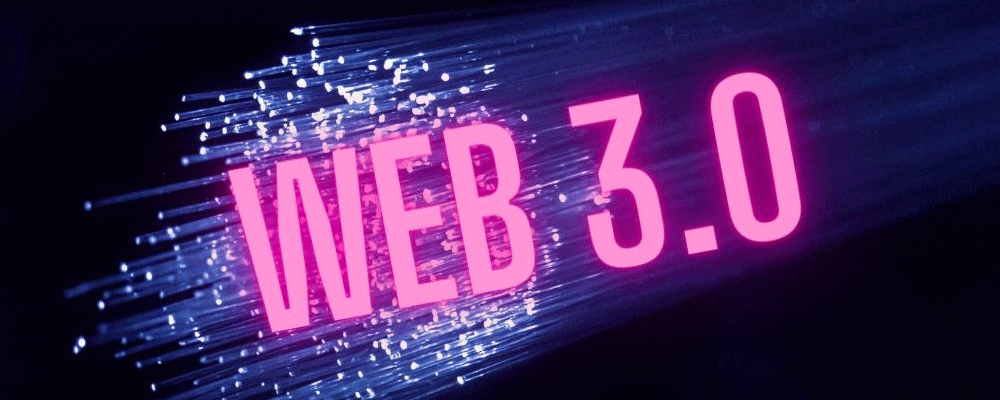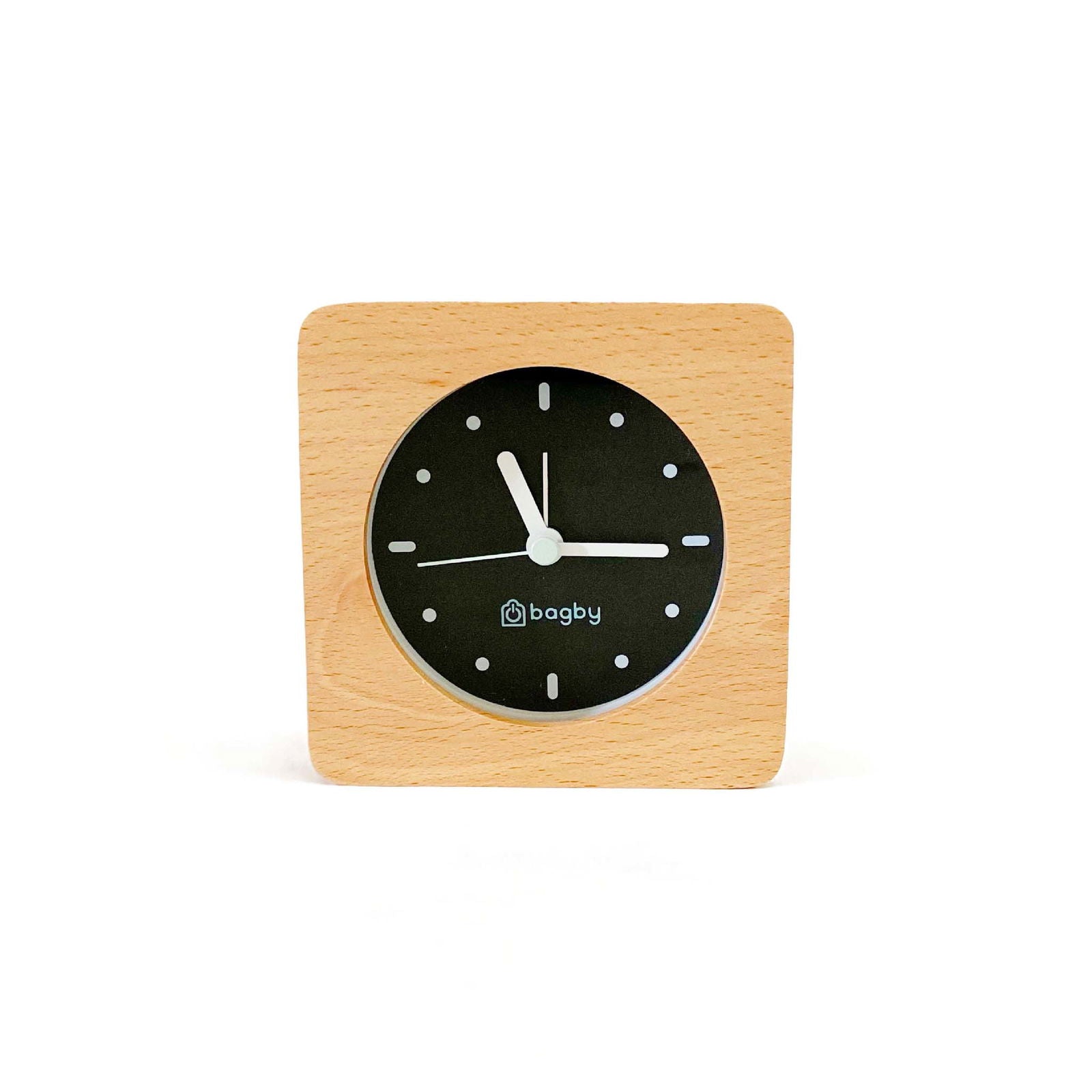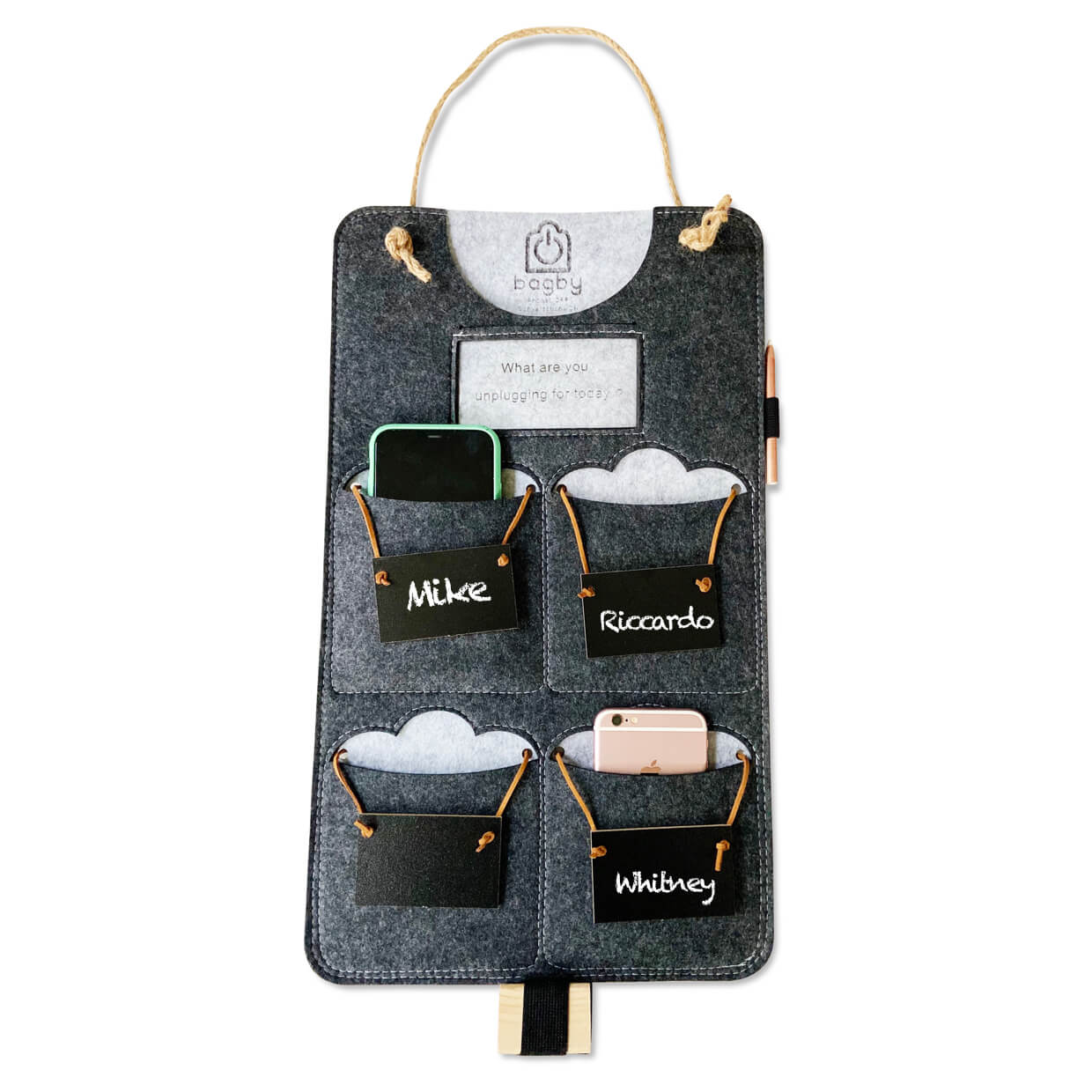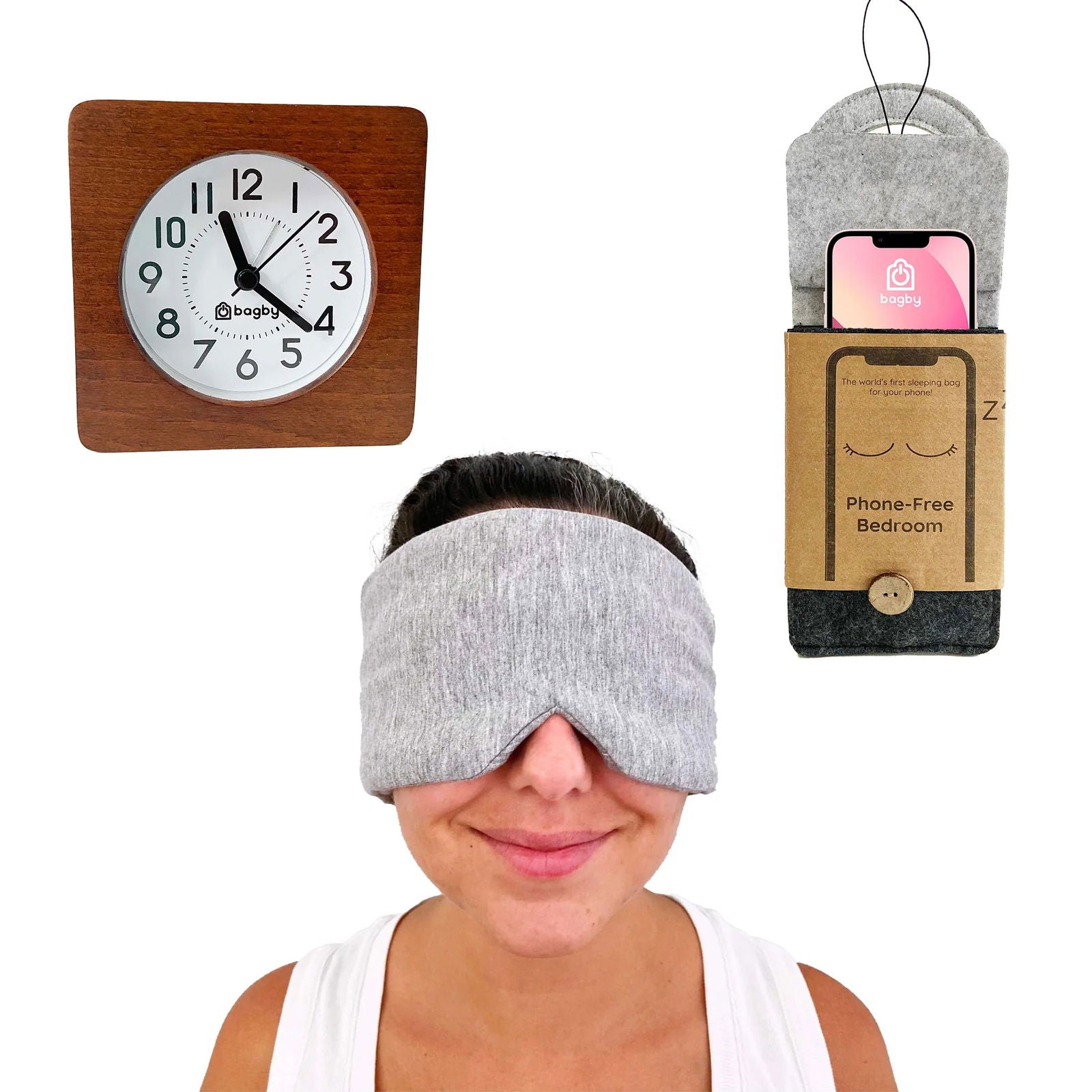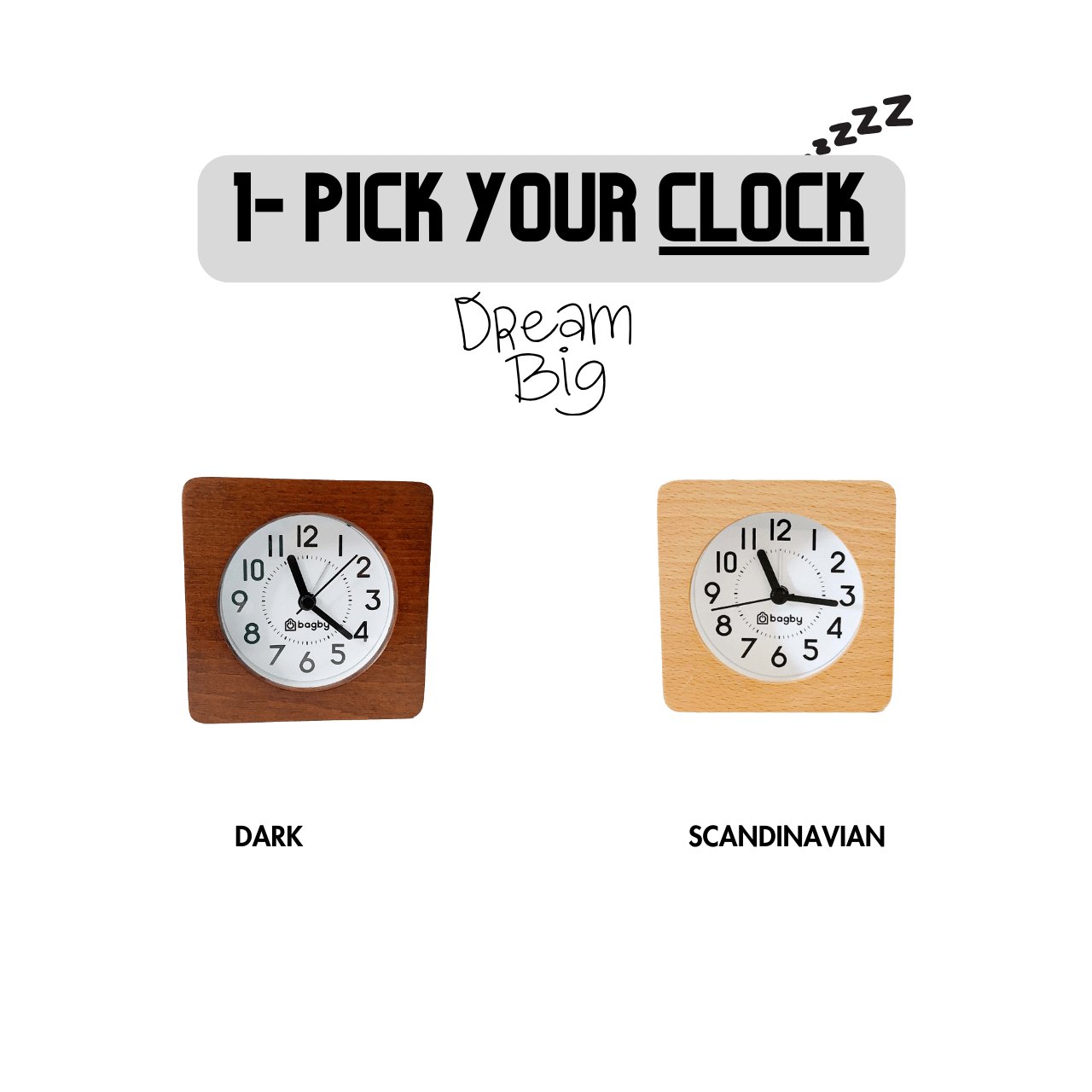Initially, social media platforms were designed to bring the world closer together by connecting people from around the globe. And so far, it has fulfilled its promise: in 2020, around 3.6 billion people were connected to social media platforms, and it's predicted this number will reach around 4.41 billion by 2025.
But connecting people isn’t the only vision of modern-day social media anymore, as these platforms have become massive revenue generators for tech giants like Meta (previously Facebook), Twitter, and Google. And understandably, they want to keep it that way.
Now, since most of these platforms generate revenue through advertisements, it’s crucial for their business that their users stay on their sites and apps for as long as possible. And algorithms help them do that.
But what is an algorithm? And how does this concern you?
An algorithm is basically a set of instructions that we give a computer to solve a specific problem or accomplish a certain task. And social media platforms have designed their algorithms in such a way that it takes a serious toll on end users’ mental health, say experts.
In this post, we’ll have an in-depth look at social media algorithms, their impact on your psychological well-being, and how you can protect yourself from their effects. So, let’s begin.
UGC: A Freedom for Everyone to Share Their Thoughts
Before social media platforms like Facebook, Twitter, and YouTube came in, the general population didn’t have any choice other than to consume publisher-generated content. This meant that our only way of knowing what was happening worldwide was from television, magazines, newspapers, and radios. And, compared with social media, they didn't do the best job of showing what’s going on at ground level.
It isn't entirely fair to blame the content publishers for this because every individual has their own thoughts, beliefs, and biases. And if you task a small group with enlightening the world on everything that’s going on, of course, their reality will come attached to their work.
Social media changed this.
When platforms like Facebook, Twitter, YouTube, Instagram, and Snapchat became popular, they gave birth to user-generated content (UGC) or user-created content (UCC).

The concept is simple: everyone connected to social media platforms can generate content based on their realities, and others can engage with or add to their content.
UGC platforms allow people to show what’s going on around them without a filter, criticize openly, review stuff, and share their experiences with the world. And social media algorithms play a vital role in making this happen.
Algorithms
Before we proceed further and learn how algorithms help UGC flourish, let’s take a moment to understand what algorithms are in the first place.
An algorithm is basically a complex set of computer code that helps with achieving repetitive tasks efficiently. In other words, algorithms help you automate your repetitive tasks, so you can get your final outcome without having to go through all the steps required to complete it.

Let me explain. Imagine you run a manufacturing plant for a cookie company. You make three different types of cookies—chocolate chip, oatmeal raisin, and sugar. Obviously, these cookies don’t have the same ingredients, and the process of making them is different.
Now say that you are responsible for switching the production lines to a new recipe whenever you switch to a different cookie. Wouldn’t it be a huge pain if you had to manually input the recipe and give your computer instructions like:
- Measure X lbs of chocolate chips
- Move the bin Y feet per second until it reaches Z location
- Mix it with the flour by rotating the mixing bowl XX degrees per second
- Add XY lbs of sugar
- Bake it at XZ degrees, move it to ZZ location, and so on?
Even if you know all the recipes and procedures by heart, you can easily make a small mistake that spoils the entire production.
Algorithms do the same thing but with 100% precision and a lot faster. When you add your cookie-making instructions to the algorithm, it will let you make and switch the type of cookie you’re making with a push of a button.
But, how does this relate to social media and its effect on your well-being?
How do Social Media Algorithms Work?
Social media platforms determine what content to deliver to their users’ feeds. And they do this using behavior tracking algorithms.
Years ago, when most of these platforms were new, they used something called the reverse chronological feature, which showed you content based on their publishing time. But today, most of them use a connection graph to determine what you’d like to see on your feed.
For this, they take years of data collected from your online behavior and feed it to smart algorithms, which scour the platform looking for content suitable for your viewing pleasure.
For example, say you like cats and interact with cat-related pages and posts on these platforms. After some time, your feed will start filling itself up with posts about cats.
So, basically, social media algorithms are designed to show you more of what you interact with the most. This way, you get lured into spending a lot of time on their platforms, generating ad revenue for them.
Now, at face value, what these algorithms do looks harmless and even beneficial, as it lets you interact with things that matter to you the most. But this is also where the fundamental flaw begins in their design.
The Flaw
Social media algorithms look at all the options available and match them to us as individuals. In theory, this is excellent, and in most cases, the algorithms work pretty well.
But, let me put the same in context for you:
Imagine you showed three people pictures of four different types of food. You have hamburgers, pepperoni pizza, grilled cheese sandwiches, and fries.
Now you tell these people to rank these foods based on their preference.
- The first person says I’d prefer a grilled cheese sandwich first, pepperoni pizza second, and hamburgers third.
- The second person says I prefer fries first and a grilled cheese sandwich second.
- The third person says I’d prefer a pepperoni pizza first, fries second, and grilled cheese sandwich third.
So, based on this data, the grilled cheese sandwich got the most votes. But what we know is that not everyone “prefers” it. They may eat it if there’s no other choice, but it’s definitely not everyone’s favorite.
And even if it is their favorite, they probably don't want to (or shouldn't) eat it for every meal.
But, for an algorithm, since the grilled cheese sandwich got the most engagement, it’s something that everyone must like.
So it's what they are delivered.
All the time.
But eating grilled cheese for every meal isn't exactly healthy, now is it?
Twitter's Algorithmic Timeline
In 2016, Twitter announced a new feature called an algorithmic timeline. It’s designed to show you the best tweets first, just like on Facebook.
Here’s what Twitter posted after this:
“We’ve already seen that people who use this new feature tend to Retweet and Tweet more, creating more live commentary and conversations, which is great for everyone.”
But what makes a tweet the best one? The same logic which caused the algorithm to think the grilled cheese sandwich is everyone’s favorite. And because of that, you have to engage with content that at the least may not be related to you, or at the most, it can be harmful to your well-being. Here’s how.
Increase in Radical Thinking
The Asch conformity experiments, or the Asch paradigm, by Solomon Asch, shows how a person’s own opinions are influenced by those of groups. In other words, if you pose a simple question like “which of these lines is the same length” to a group and secretly infiltrate it with actors who will push a wrong answer, soon the whole group will agree to the wrong answer, and start pushing it forward. Asch’s experiments show that a small group can influence a large one if their views are even remotely close.

Experts say it’s easy for views and opinions to be radicalized on the internet, as social media algorithms target common people with content that fuels their biases.
Conspiracy Theories
Social media has no shortage of conspiracy theories. And the problem is that many people actually view these theories as facts that the mainstream media won’t ever report on.
For years, people have used social media to spread hoaxes and pass on their personal beliefs as “news.” And because of social media algorithms, this “news” convinces many people not to believe in whatever the government, reputable organizations, or the media is saying.
You see, social media doesn’t have fact-checkers like media organizations have. And since these platforms curate the news, you’re more likely to see posts that agree with your worldview. And because of that, you start seeing the world with glasses forged from these theories, which can be detrimental to your being.
Today, a growing number of Americans turn to social media to keep updated with what’s going on in the world. And research says that “using social media as a source of news is associated with increased likelihood of being misinformed about important topics.”
This can not only cause a change in your beliefs and how you view the world, but it can also cause you to fall into the doomscrolling trap, which is not exactly good for your physical and mental well-being.
Toll on Your Decision-Making Abilities
What you watch or interact with on social media isn’t up to you, say experts. For years you have fed data to social media companies about the kind of person you are, your likes, dislikes, views, and beliefs. And this gives social media algorithms a perfect recipe to show you things that you’re more likely to interact with.
Research shows that algorithms in social media sites produce a phenomenon called “emotional contagion.”
Emotional contagion leads you to wherever the entity controlling the background wants you to go. Meaning, that if you see positive posts, you’re more likely to write positive posts and vice versa.
And even though these strategies are not designed to harm you but to make you stay on the site for a long time watching ads and spending money, it takes away your ability to make your own online decisions.
Other Issues with Social Media
These are just a few of many issues that birth from social media overuse. According to experts, engaging with social media for a long time can take a serious toll on your mental health by causing problems like:
- Social Isolation
- FOMO (Fear Of Missing Out)
- Depression
- Decreased Happiness
- And Digital Overstimulation
Read my post “Gadgets are Addictive, and Tech Companies Know It” for more information.
2022: Meta and Snapchat Sued Over a Teenager’s Suicide
On April 11, 2022, a grieving mother from Wisconsin filed a wrongful death lawsuit against Meta Platforms Inc. and Snap Inc., alleging that social media platforms from these companies caused her son, Christopher James Dawley (CJ), to commit suicide.
In her complaint, Mrs. Donna Dawley said that “CJ never showed outward signs of depression or mental injury but became addicted to defendants’ social media products, progressively sleep-deprived, and increasingly obsessed with his body image.”
This suit alleges that these companies deliberately design and optimize their algorithms to ensure teens get hooked on the platform, promoting addictive and self-destructive use.

In response, Meta said that they recently introduced a feature called the Family, which gives parents and guardians supervision tools they can use to monitor their child’s social media activities.
They also mentioned that Instagram is equipped with features like time limits and notifications to parents that are triggered when their children post anything related to suicide.
And finally, Meta mentioned the “Take A Break” feature, which nudges the users to do something else when they have spent too much time on the app.
As of June 2022, the case is ongoing, and the final verdict is yet to come.
2022: Is Social Media Undermining Democracy?
Social media platforms like Facebook and Twitter were originally designed to connect friends, families, and acquaintances. And that was the case until 2009. As soon as you opened your Facebook account, you saw a never-ending stream of content generated by people you knew, ranked from new to old.
But something changed after that. In 2009, social media platforms introduced features like share, retweet, and like.
These buttons produced data about what best “engaged” users, which helped these companies develop algorithms that brought like-minded users together.
But what seemed like an innocent way to connect people started taking a different turn when posts that triggered emotions–especially anger at out-groups–became the ones that were most likely to be shared.
Out-group describes people who don’t belong to an exclusive, typically small group of people with a shared interest or identity.
Social psychologist Jonathan Haidt says that these new additions to social media encouraged dishonesty and mob dynamics.

“Users were guided not just by their true preferences but by their past experiences of reward and punishment and their prediction of how others would react to each new action,” he said.
The Political Polarization
With the addition of new features, people could now easily spread rumors and half-truths while sorting themselves into homogenous tribes.
Even more importantly, social media platforms could now be used more easily by anyone to attack anyone else.
Read my post, “You Vs. Toxic Content on The Internet,” for more information.
The ability to create toxic content on the internet and have social media platforms promote it for their own benefit contributed to the rising dysfunction in American democracy, argues Haidt.
What Does Research Say?
A research study from the University of Wisconsin found a “global spike in democratic ‘backsliding’ since 2008, and linked it to affective polarization, or animosity toward the other side.”
“When affective polarization is high, partisans tolerate anti-democratic behavior by politicians on their own side–such as the January 6 attack on the U.S. Capitol,” says Haidt.
Besides that, the Economist Intelligence Unit also reported a global decline in various democratic measures starting after 2015.
But should social media be blamed for increased polarization? The research studies aren’t conclusive. And the ones we have are divided.
So, have we fallen prey to yet another moral panic about a new tech just like television, and we’ll settle down after a few decades of conflicting studies?
Or is social media actually harmful and changing too quickly for social scientists to capture its effects?
Because science is a slow process, we can’t expect a concrete answer to these questions for a long time. It takes years to research an effect, another many years before review papers and meta-analyses come out, and decades before scholars reach an agreement.
And if social media is actually harmful, and causing problems in every aspect of our lives, by then, it will be too late.
So, now is the time to think deeply about this and analyze your next move.
So, Is Social Media Bad? Should You Quit It?
Seeing the harm social media can do to your well-being, I am sure you’re wondering if social media is bad and something that you should avoid altogether. If you are, I have a simple answer for you.
No, social media is not entirely bad. And you should not avoid using it just because of the health risks it comes with.
See, my motive behind this post is not to badmouth technology or scare you into quitting it. Social media can be an extremely valuable tool that helps you connect with others locally and worldwide. And besides that, it can also allow you to create, share and spread important information. And we need that. Especially today, when there’s so much going on in the world.
What I would love for you to do is to create a healthier relationship with social media so that you benefit from it without it harming your well-being. And here are some of the ways you can do that.
Redirect Yourself to More Positive Content on Social Media
The first thing you can do to prevent social media from interfering with your well-being is to make your feed a place where you can consume positive content.
You can do that by following accounts that post positive and wholesome content. And at the same time, unfollow any user or account that makes you feel bad about yourself or the world at large.
Besides that, you can also anonymously report negative content and content that spreads hate and misinformation.
After some time of doing this, you’ll have let social media algorithms know that positive content is what you like. And they will start showing you the same.
Be Wary of Ideological Content & Your Own Biases
Ideological content is on the rise on social media platforms like Facebook and Twitter. And though the intensity may be different, most social media users have some form of ideological inclination, which makes them vulnerable to the bombardment of content similar to their ideological interests.
It’s no secret that today, there are more bots and fake accounts spreading misinformation than real people. And it’s hard to distinguish between them. So, even if you remotely engage with that type of content, social media algorithms will start throwing the same kind of content back to you. And experts say that this type of exposure causes you to build strong biases and prejudices.
So, always fact-check whatever you’re seeing on the internet. I’d go even as far as to say that you shouldn’t consume your daily news from social media, or at least from accounts that are not proper news media outlets.
Take a Social Media Break
Social media breaks are super important. That’s because social media is known to cause digital overstimulation in your brain, which takes away the wiggle room for your brain to think properly and form your own opinions.
I recommend taking a week-long break from social media to see how you feel. And after that, put a time limit on your social media use. I’ve written a separate post explaining how you can do that.
Turn Off Notifications
Turning off notifications is crucial when you’re taking a social media break or setting a limit. This is because notifications cause your prefrontal cortex, responsible for high-level cognitive functions, to shut down.
This impairs your ability to decide what’s important, pulling you back to mindlessly scrolling your social media.
You can visit my post “Screentime Limits for Adults” for more information on how to turn off notifications on your gadgets.
Final Thoughts
The harm to your physical and mental well-being is a by-product of how social media algorithms are designed. That's not to say that the companies that designed these algorithms are completely innocent. It’s just that we’re at a point where the general population can’t do much about it. And even if we try to forcefully shut them, it will create a ton of new problems.
So, the best way to go about it is to protect yourself and your loved ones. And the first step to doing that is to be aware of what’s going on.
I recently had a discussion with Data Evangelist Fru N. on season 2, episode 7 of “The Healthier Tech Podcast” where he talked about “big data” and how it’s being collected and used to change our online behavior.
Have a listen to the episode for insights and a deeper understanding into the underpinnings of the new age of data that we are in and where we go from there. The podcast is available on all major platforms.

